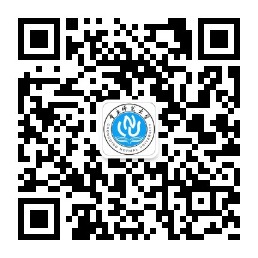2019年5月15日,国家信息安全漏洞共享平台(CNVD)收录了Microsoft远程桌面服务远程代码执行漏洞(CNVD-2019-14264)。攻击者利用该漏洞,可在未授权的情况下远程执行代码。目前,漏洞细节虽未公开,但已引起社会高度关注,微软公司已发布官方补丁。
MicrosoftWindows是美国微软公司发布的视窗操作系统。远程桌面连接是微软从Windows 2000 Server开始提供的组件。
2019年5月14日,微软发布了本月安全更新补丁,其中修复了远程桌面协议(RDP)远程代码执行漏洞。未经身份验证的攻击者利用该漏洞,向目标Windows主机发送恶意构造请求,可以在目标系统上执行任意代码。由于该漏洞存在于RDP协议的预身份验证阶段,因此漏洞利用无需进行用户交互操作。该漏洞存在被不法分子利用进行蠕虫攻击的可能。
Windows 7 for 32-bit Systems Service Pack 1
Windows 7 for x64-based Systems ServicePack 1
Windows Server 2008 for 32-bit SystemsService Pack 2
Windows Server 2008 for 32-bit SystemsService Pack 2 (Server Core installation)
Windows Server 2008 for Itanium-BasedSystems Service Pack 2
Windows Server 2008 for x64-based SystemsService Pack 2
Windows Server 2008 for x64-based SystemsService Pack 2 (Server Core installation)
Windows Server 2008 R2 for Itanium-BasedSystems Service Pack 1
Windows Server 2008 R2 for x64-basedSystems Service Pack 1
Windows Server 2008 R2 for x64-basedSystems Service Pack 1 (Server Core installation)
Windows XP Embedded SP3 x86
Windows Server 2003 SP2 x86
Windows Server 2003 SP2 x64
CNVD秘书处组织技术支撑单位对RDP服务在全球范围内的分布情况进行分析,结果显示该服务的全球用户规模约为939.0万,其中位于我国境内的用户规模约为193.0万。
目前,微软官方已发布补丁修复此漏洞,CNVD建议用户立即升级至最新版本:
2、通过主机防火墙对远程桌面服务端口进行阻断(默认为TCP 3389)。
3、启用网络级认证(NLA),此方案适用于Windows 7、Windows Server 2008和Windows Server 2008 R2。启用NLA后,攻击者首先需要使用目标系统上的有效帐户对远程桌面服务进行身份验证,然后才能利用此漏洞。








